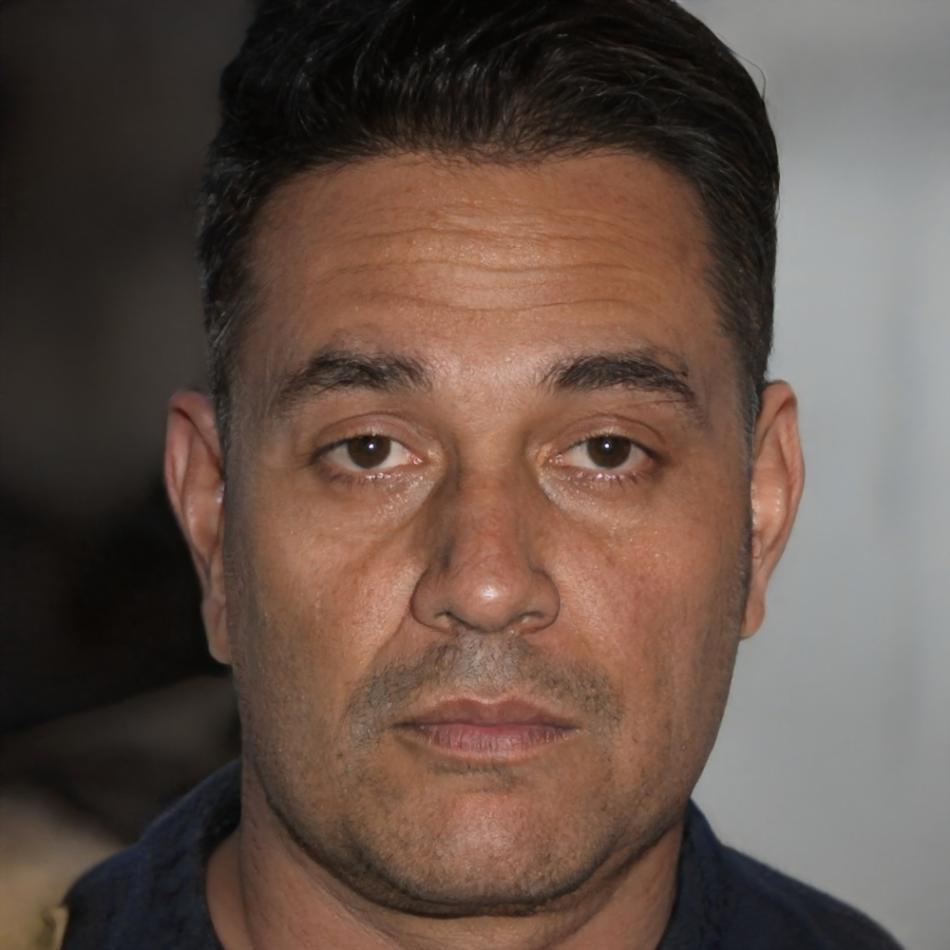How We Got Here
From a small experiment in teaching design fundamentals to a dedicated platform for aspiring game UI creators
What Started as Weekend Workshops
Back in 2016, three designers who spent their weekdays building casino game interfaces noticed something. Friends kept asking how to break into the industry. Coffee shop conversations turned into impromptu design critiques. Those critiques became Saturday afternoon sessions in a borrowed conference room.
We weren't planning to start anything formal. But after six months of these weekend meetups, participants started landing junior positions. Studios began reaching out, asking if we had more graduates. That's when we realized there might be something here worth building properly.
The early curriculum was rough around the edges. We taught what we knew from actual client work, not from theory. Students worked on real slot machine layouts, practiced button hierarchies that had to function under pressure, and learned why color psychology matters differently in gaming contexts than other design fields.
By 2018, we'd moved into our current space in Borivali West and formalized the structure. What hadn't changed was the hands-on approach. Students still work through actual design briefs. We still critique work the same way a studio art director would. And we still focus on the specific skills that mobile social casino design demands.
How We Actually Teach This Stuff
Our approach grew out of necessity. Traditional design education doesn't cover the unique challenges of casino game interfaces.
Real Briefs From Day One
Students start with actual design challenges we've encountered in client work. You're not making practice layouts that go nowhere. Each assignment mirrors what you'd face in a studio environment, complete with technical constraints and player psychology considerations.
Small Group Critiques
Classes cap at twelve people because we've found that's the sweet spot for meaningful feedback. Each session includes detailed reviews where we analyze what works, what doesn't, and why. You'll learn as much from critiquing others' work as from presenting your own.
Industry Tools and Workflows
We teach using the same software pipelines that studios use. You'll work with design systems built for high-volume asset production, understand how to prepare files for development handoff, and practice version control for visual assets.
Portfolio Development Focus
By month four, we shift to portfolio building. Students complete three major projects that demonstrate different aspects of casino UI design. These pieces are specifically structured to show the skills that hiring managers look for during reviews.


Who Runs This Program
Our teaching team comes from active studio work. They know what actually matters because they're still doing it.
Teaching Philosophy That Works
We don't believe in the "sink or swim" approach. But we also won't sugarcoat what this field requires. Casino game UI design has specific demands that other design disciplines don't prepare you for.
Students need to understand player psychology, work within strict technical limitations, and create interfaces that function under pressure. That requires structured learning combined with real-world application.
Our curriculum balances fundamental design principles with industry-specific techniques. You'll learn:
- Visual hierarchy for high-stimulation environments
- Color theory adapted for gaming contexts
- Animation timing that enhances rather than distracts
- Asset optimization for mobile performance
- Accessibility considerations in casino game design
What Students Actually Get
After completing the program, graduates have a portfolio showcasing mobile casino interface work, understand the production pipeline from concept to implementation, and know how to communicate design decisions in technical terms.
We track outcomes carefully. About 70% of recent graduates found junior positions within eight months of completing the course. Some take longer. A few decide the industry isn't for them, which is fine. Better to learn that during training than after accepting a job.

Rajesh Malhotra
Lead Instructor & Curriculum Director
Spent twelve years as a UI designer for gaming studios before shifting to education. Still consults on casino game projects to keep curriculum current with industry practices.

Next Program Starts September 2025
We run two cohorts per year to maintain small class sizes. The autumn session begins in early September and runs for six months. Applications open in June, with spaces allocated on a rolling basis.
If you're considering the program, reach out with questions. We're happy to discuss whether this training aligns with your goals.
Get Program Details